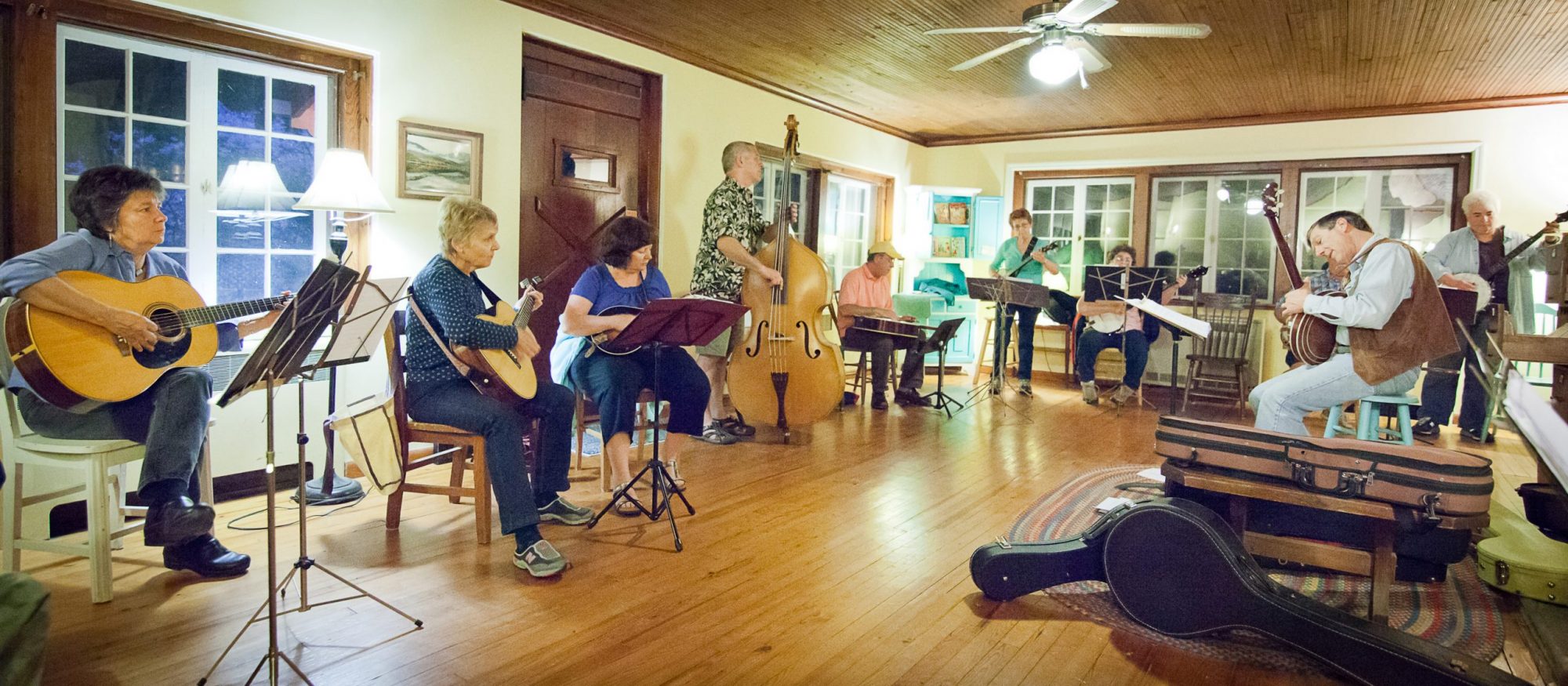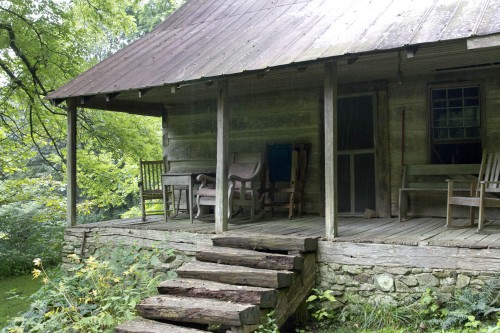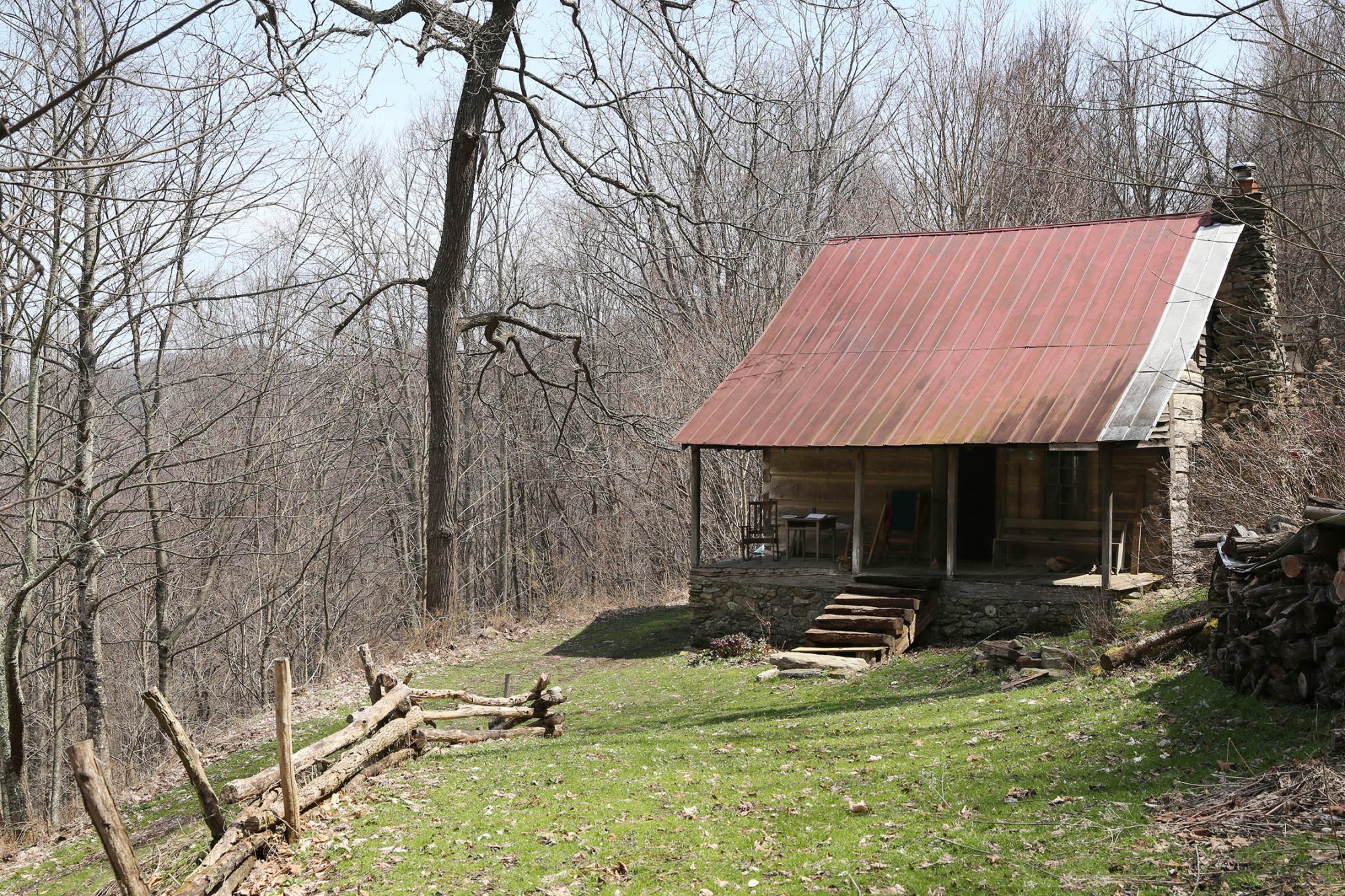By Wayne Erbsen
 People have always had a strange fascination with rattlesnakes. As one of America’s most poisonous snakes, they are both feared and hated, and yet their rattles are prized for their mythical and magical properties.
People have always had a strange fascination with rattlesnakes. As one of America’s most poisonous snakes, they are both feared and hated, and yet their rattles are prized for their mythical and magical properties.
While doing research for this article, I ran across an amazing number of stories, some true, some pure myth, about rattlesnakes or “rattlers,” as they are sometimes called. One old timer personally told me the following story as the gospel truth, but I have since found versions of it that were collected both in the Southern Appalachians, and in Western Europe.
It seemed




 “minner dipper” is a mandolin, a “scratch box” is a fiddle, and a “starvation box” is a guitar. I’ve learned that a “cathead” is a biscuit, a “ballet” is a ballad and “catawampus” means crosswise. I’ve met fleshy (overweight) people and those who could hide behind a straw (skinny). I’ve seen people who cootered around aimlessly while being bumfusticated, flummoxed, and flustrated. I’ve been told
“minner dipper” is a mandolin, a “scratch box” is a fiddle, and a “starvation box” is a guitar. I’ve learned that a “cathead” is a biscuit, a “ballet” is a ballad and “catawampus” means crosswise. I’ve met fleshy (overweight) people and those who could hide behind a straw (skinny). I’ve seen people who cootered around aimlessly while being bumfusticated, flummoxed, and flustrated. I’ve been told  Long before the days of Mapquest, Google Maps, or iPhones, we had to rely on honest-to-goodness paper maps to find our way around. Spreading a North Carolina map on the kitchen table, we finally found Big Pine, which was only a tiny dot on the map. Looking at a topo map, we soon learned that it was way back in the mountains of Madison County, North Carolina, which is about an hour’s drive northwest from Asheville
Long before the days of Mapquest, Google Maps, or iPhones, we had to rely on honest-to-goodness paper maps to find our way around. Spreading a North Carolina map on the kitchen table, we finally found Big Pine, which was only a tiny dot on the map. Looking at a topo map, we soon learned that it was way back in the mountains of Madison County, North Carolina, which is about an hour’s drive northwest from Asheville
 Long before the days of Mapquest, Google Maps, or iPhones, we had to rely on honest-to-goodness paper maps to find our way around. Spreading a North Carolina map on the kitchen table, we finally found Big Pine, which was only a tiny dot on the map. Looking at a topo map, we soon learned that it was way back in the mountains of Madison County, which was about an hour’s drive northwest from Asheville, NC.
Long before the days of Mapquest, Google Maps, or iPhones, we had to rely on honest-to-goodness paper maps to find our way around. Spreading a North Carolina map on the kitchen table, we finally found Big Pine, which was only a tiny dot on the map. Looking at a topo map, we soon learned that it was way back in the mountains of Madison County, which was about an hour’s drive northwest from Asheville, NC.



